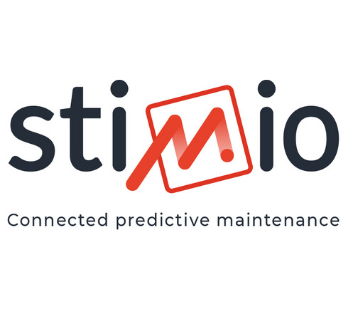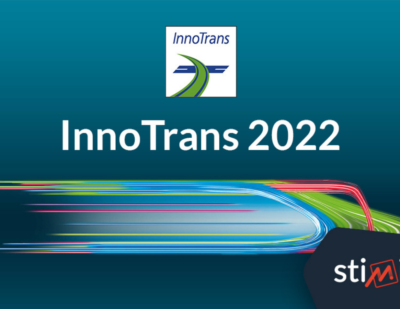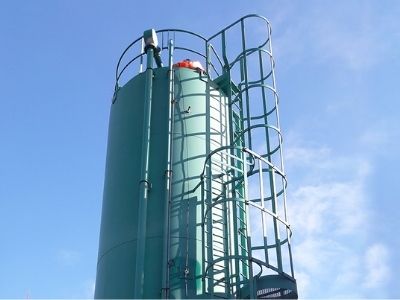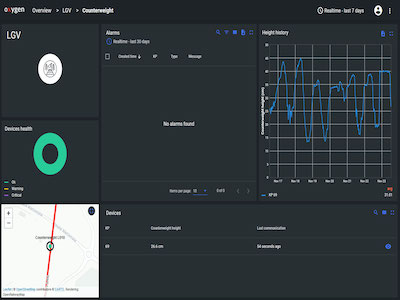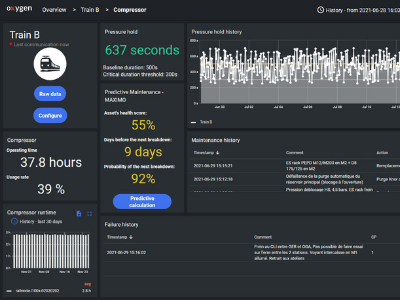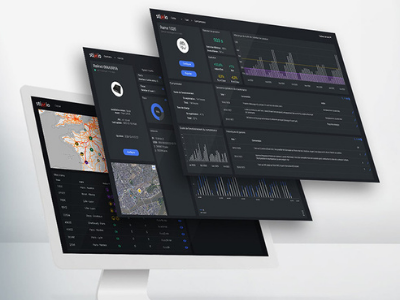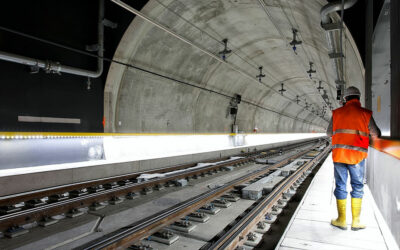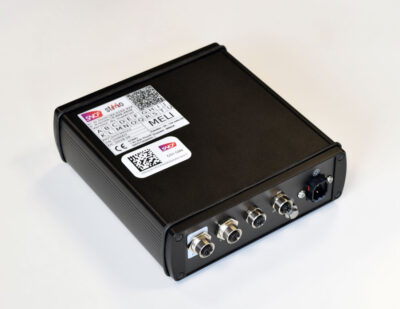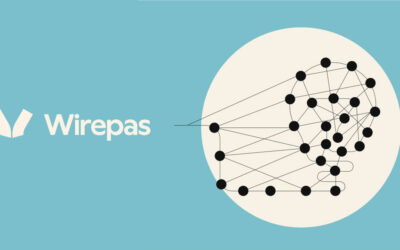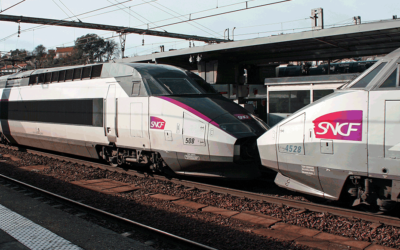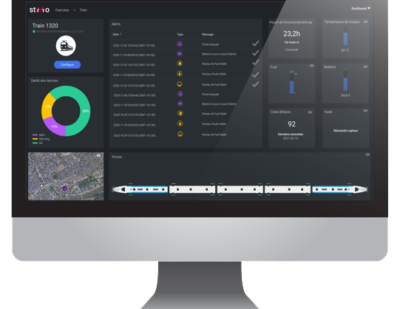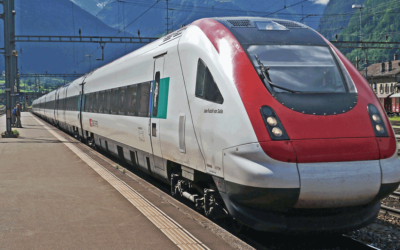A STIMIO Solution for Monitoring SNCF FRET Locomotive Starter Reservoirs
One of STIMIO’s long-standing clients, SNCF VOYAGEURS, which recently placed its trust in us once again by signing a framework agreement (read the press release), also works for SNCF Group’s FRET (freight) subsidiary through its Materials Engineering Department. As a result of this, our IoT solutions allow to address new use cases for the digitalisation of rail freight. Today, this consists of the remote, real-time monitoring of freight locomotive starter reservoirs.

Starter Reservoirs: An Essential Element of Locomotive Engine Operation
On multiple generations of locomotives, the starter reservoir is the component responsible for starting the diesel engine.
When the diesel engine is operating, a compressor supplies the main conduit with a pressure of up to 9 bar. An independent supercharger, the operational pressure of which is a minimum of 5 bar, then fills the starter reservoir with a pressure of up to 32 bar.
Upon stoppage, the pressure in this reservoir drops naturally. If the pressure is less than 12 bar, the starter reservoir is incapable of starting the diesel engine.
Significant Consequences for Operations and Maintenance Related to Equipment Downtime
Without real-time data on the pressure in the starter reservoir, trips can sometimes end up being cancelled at the last minute when the conductor observes on-site that the pressure is too low. The consequences in terms of operational losses and maintenance are significant, and periodic verification by field agents is impossible because the fleet is scattered across all of France. Failure to start implies:
- Moving a second engine to the site to complete the previously scheduled trip, thus requiring the time of a second conductor.
- Moving a third engine to the site to move the broken-down locomotive to the maintenance centre.
A STIMIO IoT Solution for Uploading Pressure Level Data in Real Time
To overcome this type of situation, STIMIO’s rail-certified MARTI solution was combined with pressure sensors. Information on pressure in the main conduit and starter reservoir is sent to the SNCF’s VIGILOC internal platform every 10 minutes. When an excessively low pressure level is detected, an alert is triggered allowing a service agent to restart the diesel engine, thus ensuring that it has sufficient pressure and assuring its future availability.
In addition to preventing complete stoppages, analysing the uploaded data also allows to verify the state of suppressor health in the future, to predict the end of its life, and to plan ahead to replace it.
The modularity and agility of the MARTI solution makes it perfect in this context, as it makes it possible to quickly put locomotives in operational condition without requiring large-scale interventions on equipment.
Eventually, more than 100 locomotives will be equipped with STIMIO’s rail-certified IoT solution.
This article was originally published by STIMIO.
